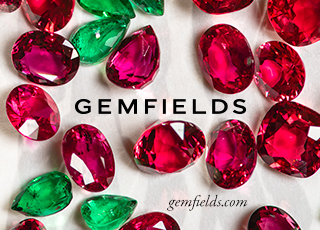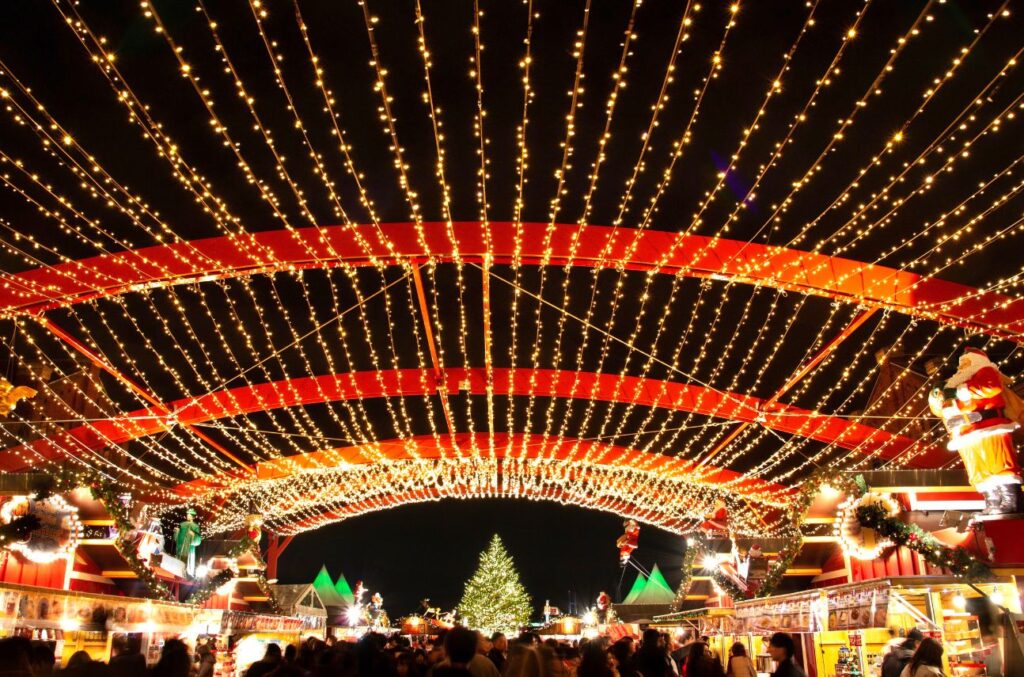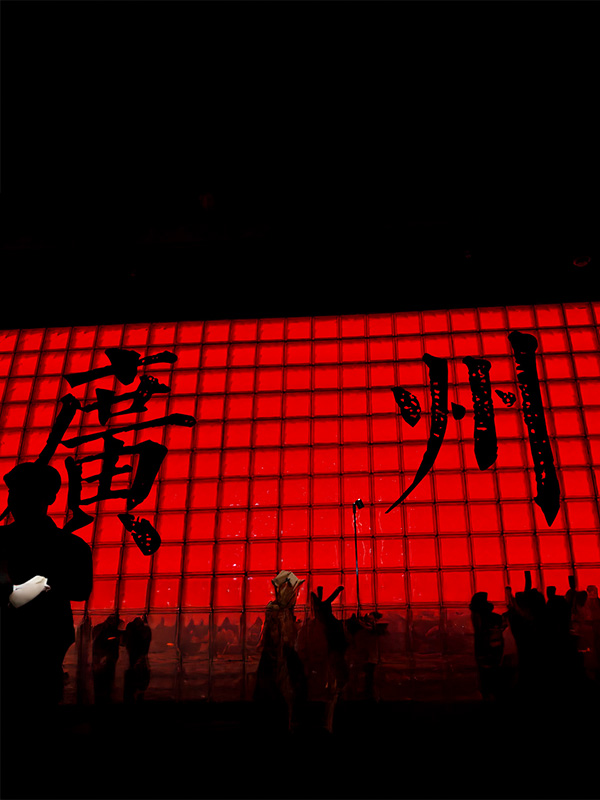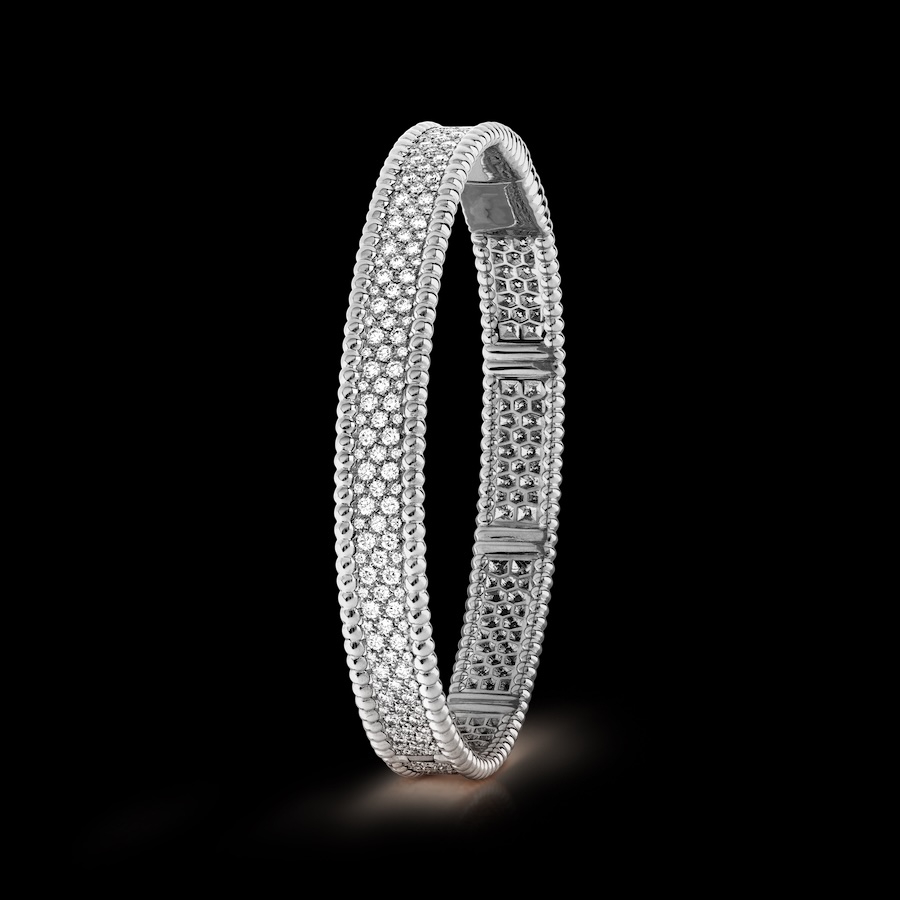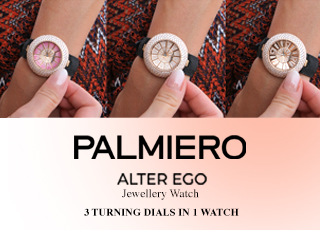The range of men’s jewellery is restrained, but when it comes to cufflinks, there’s even less leeway for experimentation. Function dictates form, with the most traditional being the “double-panel”, in which two disc-shaped parts are connected by a short rod or a chain.

But it is within challenging environments that genius thrives. The practicality and defined form of cufflinks force designers to test the boundaries of what is achievable while maintaining a level of elegance. As cufflinks are often worn at formal rather than casual events, designs call for class and refinement. Given the right mix of imagination, taste and tenacity, the result can be extraordinary.

Publishing house Hirmer Verlag more than 200 examples of remarkable cufflinks in the book Precious Cufflinks: From Pablo Picasso to James Bond. The items have been selected from museums and private collections around the world, and newly photographed just for the book. The authors and editors are collectors and wearers themselves: Walter Grasser, who sits on the Board of Directors of the city of Munich; Franz Hemmerle, a jeweller and goldsmith; and Duke Alexander von Württemberg, an art historian.

© Marco Struckhoff, München, Hirmer Verlag
In the past, stylists recommended matching the metal of one’s cufflinks with that of his belt buckle, watch and ring. Ever since cufflinks’ rise in popularity at the end of the 18th century, though, designers have found imaginative ways to make them personal and even interesting, telling a story about the wearer. Some come in the shape of bullets, or bear monograms. Prince Charles had a pair made from the melted pistons of his Aston Martin.

In the 19th century, colourful cufflinks by Fabergé became popular among royalty, and the item finally became accepted as a fashion accessory. And as anyone who has seen a James Bond movie knows, today they continue to be enjoyed by men, and are the epitome of suave.


© Franz Hemmerle, München, Hirmer Verlag



Image opener: White Cold Knots, England, c. 1990, © Marco Struckhoff, München, Hirmer Verlag


